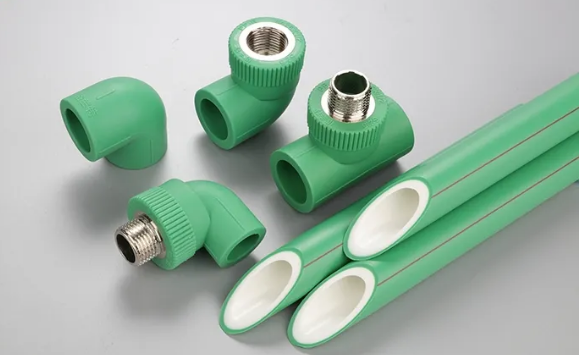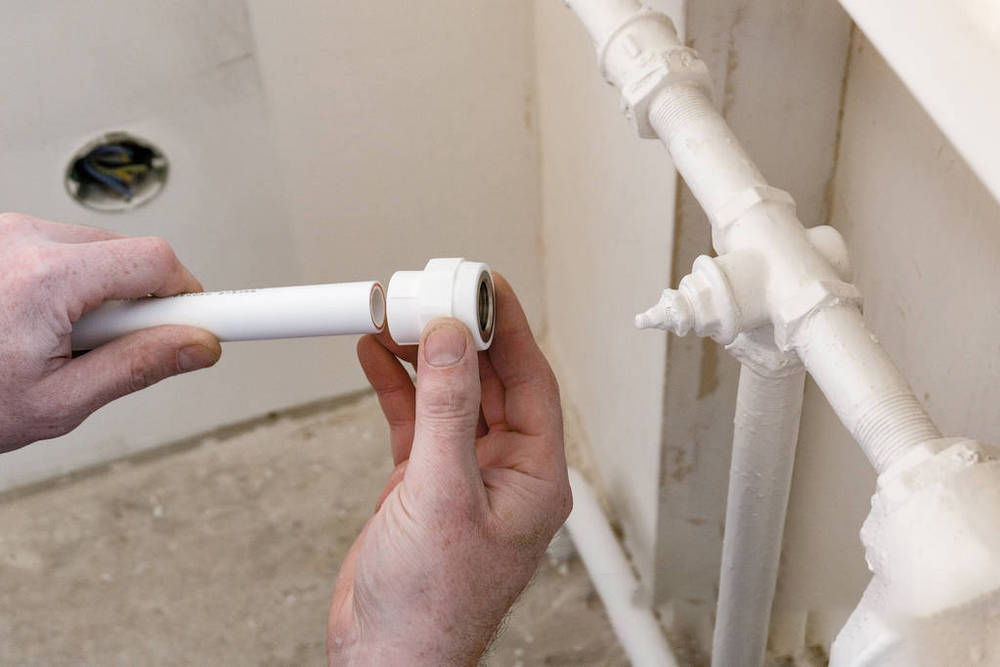In the initial design of the PPR pipe, the three most critical factors are considered, namely the service life of the pipe, the operating temperature and the operating pressure. These three factors will affect each other, so the parameters must meet the specified requirements.
The pressure value that the PPR pipe can withstand needs to be based on the design life of the pipe and the temperature in the working environment as a prerequisite.
Based on the above three parameters of service life, use temperature and use pressure, we can conclude two laws:
1. If the average service life of the PPR pipe is set to be about 50 years, the higher the working environment temperature of the designed pipe is, the lower the continuous working pressure that the PPR can withstand, and vice versa.
2. If the design temperature of the PPR pipe exceeds 70℃, the working time and continuous working pressure of the PPR pipe will be greatly reduced. It is precisely because of the excellent performance of PPR pipes below 70°C that PPR pipes become the most mainstream hot and cold water pipes, because the general domestic hot water temperature is below 70°C.

There are two types of PPR pipes: cold water pipe and hot water pipe. What is the difference?
The cold water pipes are relatively thin. In fact, it is recommended to buy all the hot water pipes, because the wall of the hot water pipes is relatively thick and the pressure resistance is good. There are two types of general households: 6 in charge (outer diameter of 25 mm) and 4 in charge (outer diameter of 20 mm).
If you live on a low floor, the water pressure is high, you can use a thicker 6-point pipe, so that the water flow is large and not too rushing. If you live on a higher floor, like the aforementioned owner, who lives on the 32nd floor, you must mix thick and thin pipes. It is recommended to use 6 for the main pipe and 4 for the branch pipe to avoid insufficient water pressure at home.
Post time: Apr-22-2021




